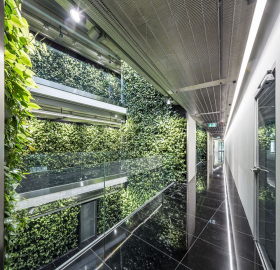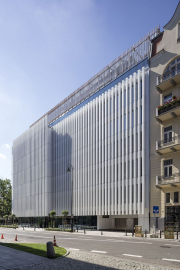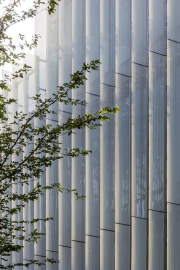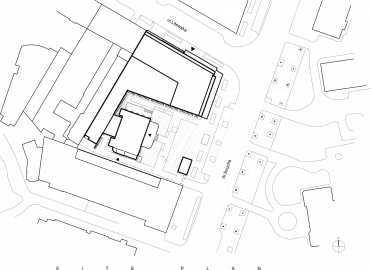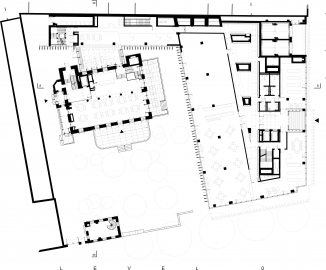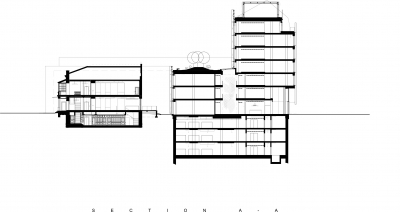SZUCHA Premium Offices
The house was built in a very beautiful place near to historic, the last garden at Aleja Jan Chrystian Szucha. From the side of the garden and the palace of General Agapijew (1895) on the elevations - trestles, on the roof and inside - there is a garden. From the street side, the house is obscured - concrete elevation fences open to the stone neighborhood
The SZUCHA project is located in the heart of the city center, at the corner of Litewska and Szucha streets. SZUCHA is the highest form of pure architecture, with a focus on design, efficiency and comfort with an abundance of natural light in the work space.
The project also features a green terrace and a purpose-built restaurant as well as conference facilities. The location of Aleja Jana Christian Szucha 19 is arguably one of the most historic points in Poland.
The neighbors are a prestigious mix of institutions and embassies and features the highest standards of architecture in the nation’s capital. The neighbors include The Prime Minister’s Office, Apostolic Nunciature in Poland, Constitutional Tribunal, Ministry of Foreign Affairs, Ministry of Education, several embassies, and historic theatres.
The building was structurally demanding due to its unusual architectural solutions. It was necessary to reconcile sophisticated, and therefore expensive, construction solutions with their cost optimization. The biggest technical challenge was to design a building with three underground storeys in the immediate vicinity of a pre-war residential building with 7 floors, no wreaths in the level of ceilings. The new building was designed around 11m below the foundation level of the existing building. The protection of the deep excavation had to be developed in such a way that it would not have a negative impact not only on the safety of users, but also on the protection of a valuable historic substance. An additional difficulty was the high level of groundwater, and placing the elevator shaft at the very outside wall, in this place the diaphragm wall is thickened up to 100cm. The location of the garden with a raised hill and trees on the third floor of the building, invented by the architect, required a special approach to the ceiling. In the ceiling, an additional declining layer was abandoned and incorporated into the load-bearing section of the floor slab
The building was built in reinforced concrete technology. Monolithic, plate-and-column construction. The materials used are in line with the cultural landscape of this part of Warsaw - architectural reinforced concrete (prefabricates of white concrete with sandstone texture), steel and glass. Internal southern elevations using daglezja wood.
Facades from the inner courtyard are to be the background for the palace. A kind of trekking with vines and low greenery has been proposed with divisions referring to the divisions - the rhythmics of the vertical facade lines of the palace.



